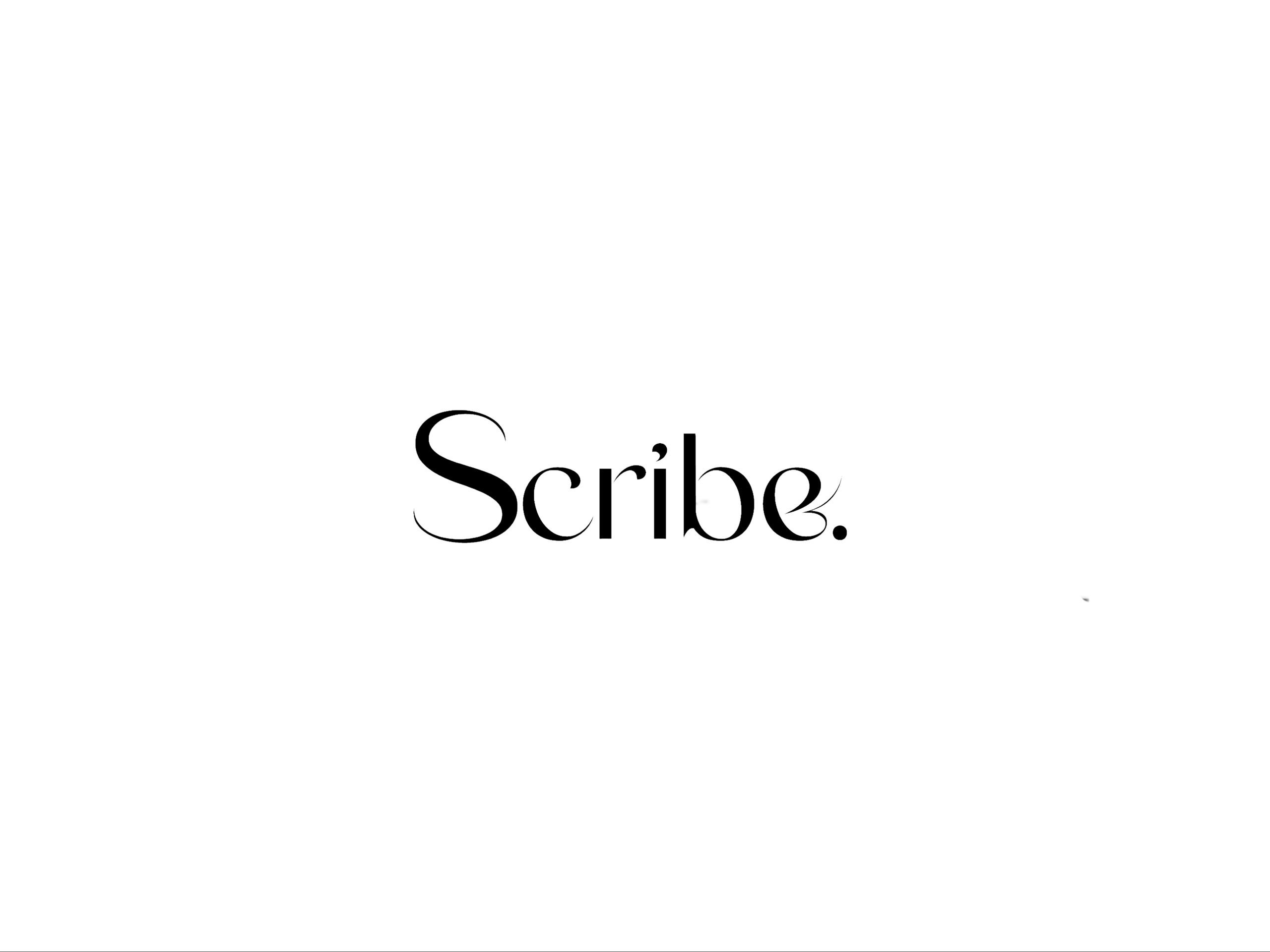Scribe Series: Rococo
- Scribe

- Jan 28, 2022
- 1 min read
The word “rococo” derives from rocaille, which is French for rubble or rock. Rocaille refers to the shell-work in garden grottoes and is used as a descriptive word for the serpentine patterns seen in the Decorative Arts of the Rococo period. Rococo was in many ways an extension of the Baroque, pushing the decorative and theatrical aspects of art with an emphasis on asymmetry, curved forms and bright colours. The Palace of Versailles (a royal chateau that was the center of politcal power) was abandoned by the aristocracy, who once again took up residence in Paris. A shift away from the monarchy, toward the aristocracy characterizes the art of this period. The aristrocrats lived in intimate interiors made with stucco adornments, boiserie, and mirrored glass. The Rococo style is characterized by its asymmetry, graceful curves, elegance, and the delightful new paintings of daily life and courtly love, which decorated the walls within these spaces.
Key Baroque Artists:
Jean-Antoine Watteau 1684 - 1721

Pilgrimage to Cythera, 1717, Musée De Louvre, Paris
François Boucher 1703–1770

Triumph Of Venus , 1740, National Museum, Stockholm
Jean-Honoré Fragonard 1732–1806

The Swing, 1767, Wallace Collection, London






Comments